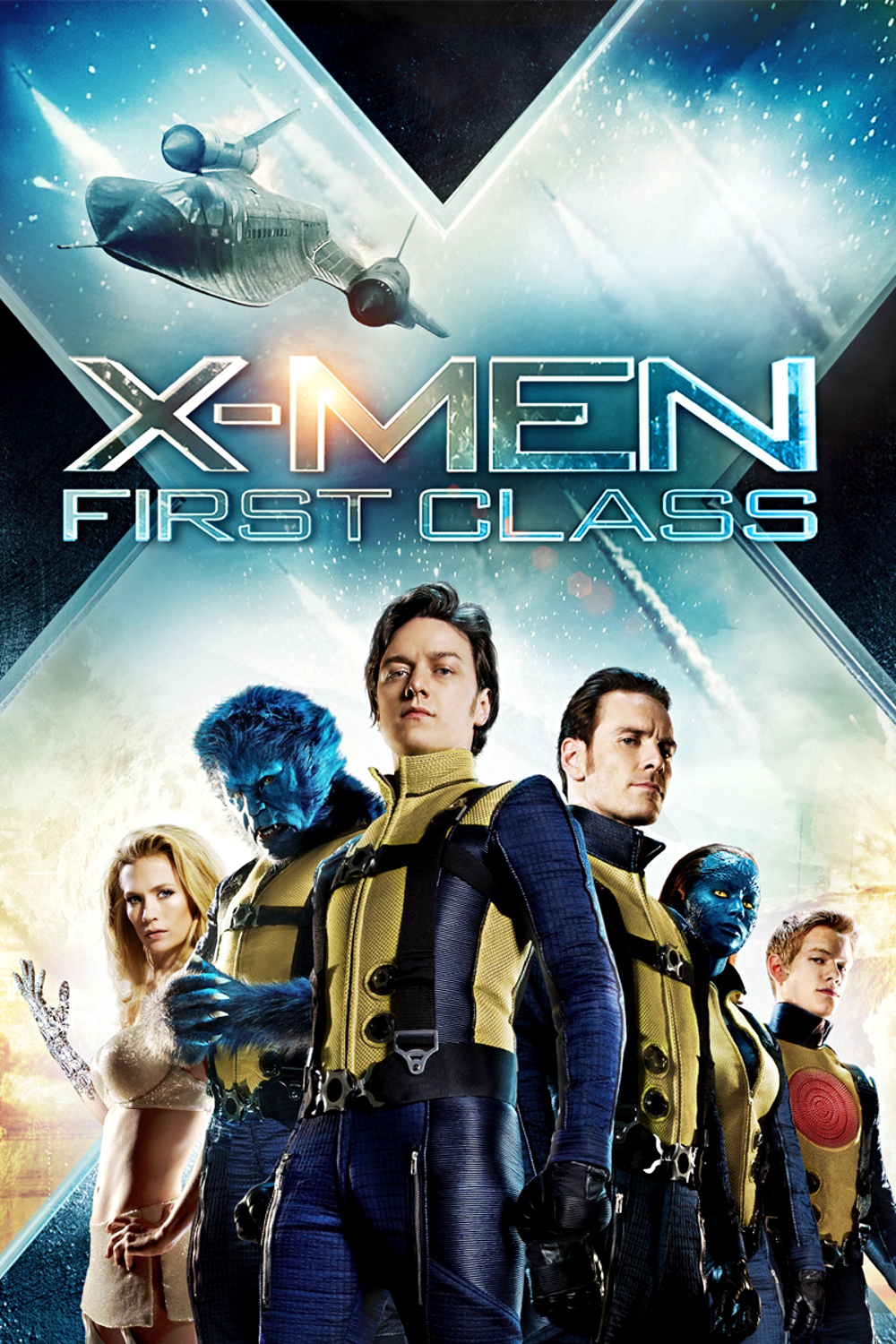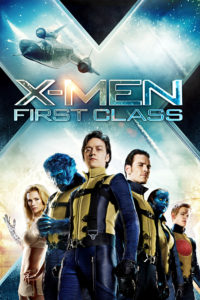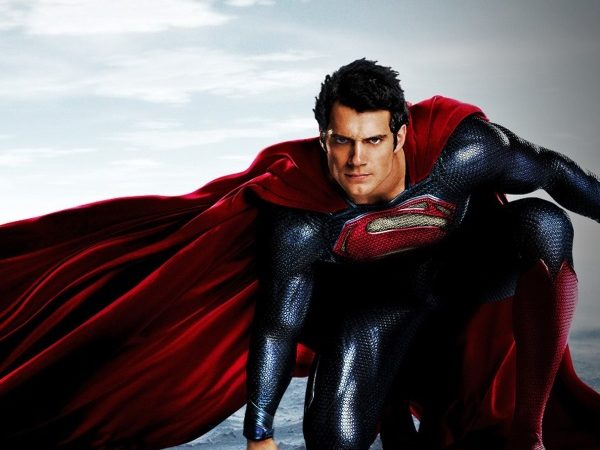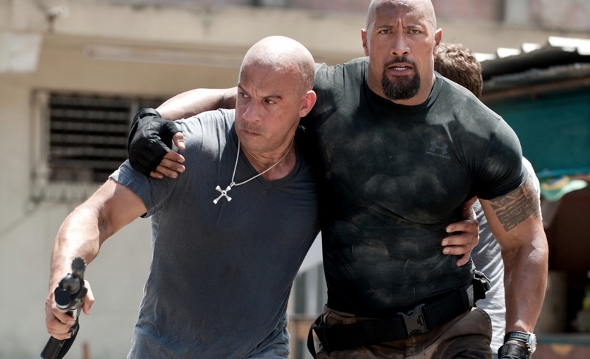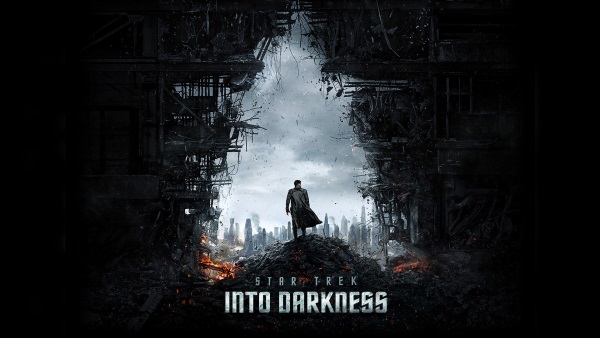Three children are born with genetic mutations that bless them with superpowers. As Erik Lensherr, Charles Xavier and Raven Darkholme enter adulthood; their worldviews are at odds with other. Another mutant, Sebastian Shaw, aims to use the paranoia created by the onset of nuclear weapons to his own ends. Unaware of how to neutralize this new enemy, the US government enlists the help of Xavier. Lensherr reluctantly joins the fray, and the stage is set for a war the likes of which the world has never witnessed.
As has become the norm for superhero franchises that are running on fumes, X-Men: First Class, gives the property new life. It starts from the beginning, illustrating the origin of the X-Men, allowing freedom to establish a new continuity. Bryan Singer, who brought Marvel’s mutants to the big screen over a decade ago, has vacated the director’s chair and now serves as producer. Matthew Vaughn, the madman behind last years Kick-Ass, applies his strikingly colorful aesthetic to the material. The results are shockingly more effective than anyone could have anticipated.
The early 60’s setting is appropriate in more ways than one. X-Men: First Class bounds energetically between camp and seriousness. The inherent camp of material is represented by the 60’s decor and costumes; a time when Americans were still secure in their view of the world. That confidence would be shaken to its core by a series of events later in the decade. The more serious scenes are more muted in their set design and costumes. Visually, the intrusion of harsh reality on the American fantasy is well represented.
When the X-Men created in the early 1960’s, the title was representative of Stan Lee’s wholly different approach to serialized superhero storytelling. His characters tackled real world issues, and were wrought with flaws and insecurities brought on by their powers. X-Men: First Class is the first real attempt at capturing those elements cinematically. These identities of these characters are not yet fully formed. As the audience learns about them, they learn about themselves. Unlike Singer’s offerings, the viewer actually gets to know these mutants, imperfections and all.
The action is both more epic and imaginative than in any prior X-Men film. Each sequence ups the ante in terms of length, special effects, and scope. By the finale, all of the characters’ super abilities have been put properly into context. The viewer understands how they work in a way that goes beyond mere exposition. X-Men: First Classsucceeds in this regard by truly inviting the audience into the world of these characters, instead of just asking them to be spectators (as was often the case with Bryan Singer).
At the core of the very best X-Men story arcs was the family dynamic of the group. That element was sorely lacking in the previous films, but X-Men: First Class addresses it first and foremost through its casting. The actors here truly seem to acknowledge and respond to one another, especially James MacAvoy and Michael Fassbender. Kevin Bacon gives Sebastian Shaw a sense of understated menace that could not have been achieved by simple scenery chewing. Even the “peripheral” characters are allowed to join in on the fun.
X-Men: First class is a huge evolutionary step for superhero films that focus on large ensemble casts. It manages an insane juggling act that previously themed films had trouble pulling off, and does it with style. It’s a true celebration of superheroes, in all of their pulpy glory. It’s not a dark, po-faced film, nor does it shoehorn elements of grit into the proceedings in a bid to be taken seriously. X-Men: First Class is unapologetically self-aware. In that sense it’s a throwback to a time where superheroes were meant solely to facilitate a sense of wonder in readers, and not simply be a reminder of how scary the real world can be.



 Out of 5
Out of 5
Follow Malice Intended on Twitter @ http://twitter.com/renaissance1977
Follow Us on Twitter @ http://twitter.com/planetill

